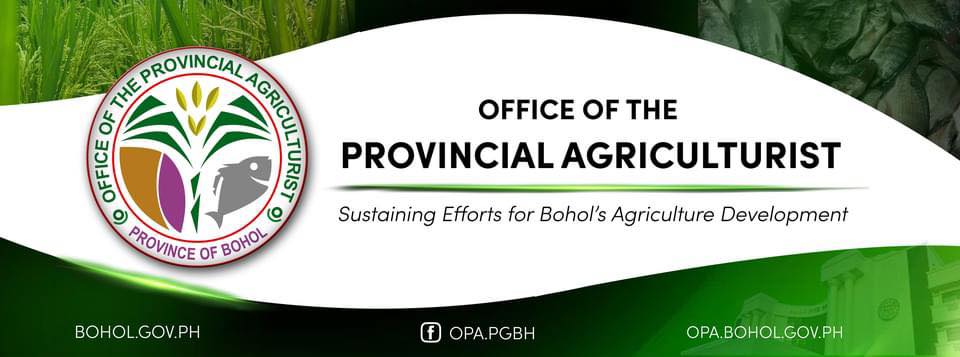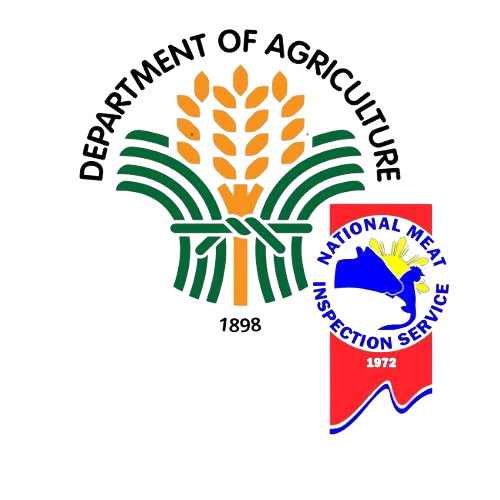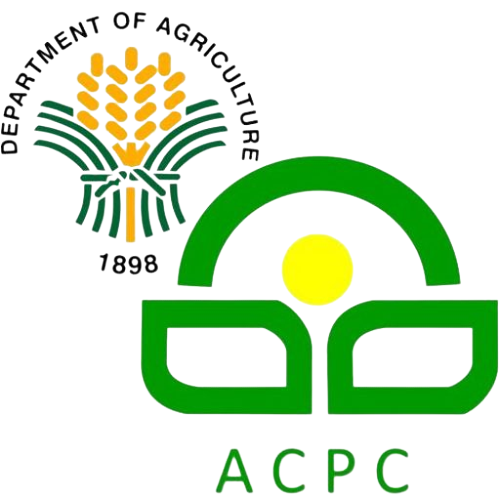In a nation known for its stunning landscapes and vibrant culture, agriculture has always been at the heart of the Philippines. But the road to a bountiful harvest is not without its hurdles. The Department of Agriculture (DA) in the Philippines stands as a guardian of the nation’s agricultural heritage, working tirelessly to address challenges, promote resilience, and ensure that the Philippines remains a hub of agricultural vitality. In this blog post, we will explore how the DA is leading the way in navigating these challenges and fostering agricultural resilience.
1. Battling Climate Change and Natural Disasters:
The Philippines is no stranger to the devastating impacts of climate change and natural disasters, including typhoons, floods, and droughts. The DA is at the forefront of efforts to build resilience in the face of these challenges. It supports programs like the “Climate Resilient Agriculture” project, which helps farmers adapt to changing weather patterns and minimize risks to their crops.
2. Sustainable Farming and Environmental Stewardship:
Balancing the demands of agriculture with the preservation of the environment is a delicate dance. The DA embraces sustainable farming practices to ensure the long-term health of the land. Through initiatives like the “Gulayan sa Paaralan” program, the department promotes backyard gardening and sustainable agriculture in schools, teaching the next generation about the importance of environmental stewardship.
3. Empowering Smallholder Farmers:
Smallholder farmers are the backbone of the Philippines’ agricultural sector. The DA is dedicated to supporting them through various programs, such as the “Kapital Access for Young Agripreneurs” (KAYA) program, which provides financial assistance to young and aspiring farmers. Empowering smallholders not only bolsters food security but also encourages innovation and entrepreneurship in farming.
4. Modernizing Agriculture with Technology:
In a world driven by technology, the DA recognizes the need to modernize farming practices. Initiatives like the “e-Kadiwa” digital marketing platform connect farmers directly with consumers, helping them access a wider market and obtain better prices for their products. This embrace of technology not only streamlines the supply chain but also ensures that farmers are better equipped to meet market demands.
5. Research and Innovation:
Innovation is the cornerstone of progress. The DA invests heavily in agricultural research, breeding programs, and biotechnology to develop new crop varieties, improve disease resistance, and increase yields. This research is pivotal in providing farmers with the tools and knowledge they need to thrive in a rapidly changing world.
Conclusion:
Agricultural resilience in the Philippines is a testament to the dedication of the Department of Agriculture. In the face of climate challenges, the DA is fostering a new era of sustainable farming practices and technological innovation, while ensuring the prosperity of smallholder farmers and the well-being of the environment.
As we look toward the future, the DA remains a pillar of strength in Philippine agriculture, ready to confront challenges head-on and ensure the nation’s agricultural heritage continues to thrive. It is an agency that embodies the spirit of resilience, adaptability, and hope for a more sustainable and prosperous agricultural future.
In the diverse tapestry of the Philippines, where rice paddies, coconut groves, and vibrant markets converge, the Department of Agriculture stands as a guiding force, steering the nation towards a resilient and fruitful tomorrow.







